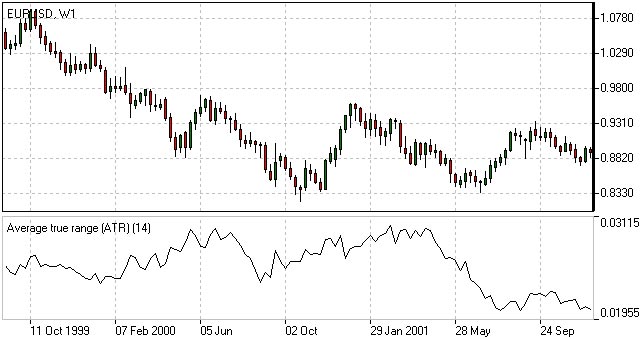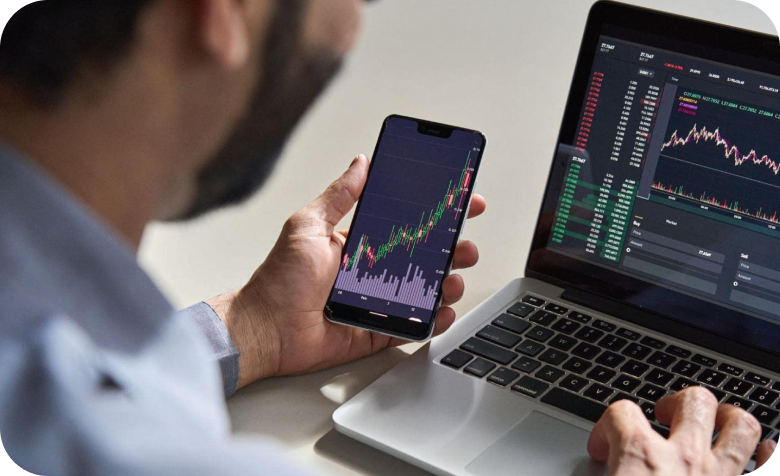- Education
- Forex Technical Analysis
- Technical Indicators
- Oscillators
- Average True Range
Average True Range
What is ATR
How to Use ATR Indicator
The ATR is used with 14 periods with daily and longer timeframes and reflects the volatility values that are in relation to the trading instrument's price. Low ATR values would normally correspond to a range trading while high values may indicate a trend breakout or breakdown.

Average True Range (ATR)
Average True Range Formula (ATR Calculation)
Average True Range is a moving average of the True Range which is the greatest of the following three values:
- The distance from today's high to today's low.
- The distance from yesterday's close to today's high.
- The distance from yesterday's close to today's low.
How to use Average True Range in trading platform
Forex Indicators FAQ
What is a Forex Indicator?
Forex technical analysis indicators are regularly used by traders to predict price movements in the Foreign Exchange market and thus increase the likelihood of making money in the Forex market. Forex indicators actually take into account the price and volume of a particular trading instrument for further market forecasting.
What are the Best Technical Indicators?
Technical analysis, which is often included in various trading strategies, cannot be considered separately from technical indicators. Some indicators are rarely used, while others are almost irreplaceable for many traders. We highlighted 5 the most popular technical analysis indicators: Moving average (MA), Exponential moving average (EMA), Stochastic oscillator, Bollinger bands, Moving average convergence divergence (MACD).
How to Use Technical Indicators?
Trading strategies usually require multiple technical analysis indicators to increase forecast accuracy. Lagging technical indicators show past trends, while leading indicators predict upcoming moves. When selecting trading indicators, also consider different types of charting tools, such as volume, momentum, volatility and trend indicators.
Do Indicators Work in Forex?
There are 2 types of indicators: lagging and leading. Lagging indicators base on past movements and market reversals, and are more effective when markets are trending strongly. Leading indicators try to predict the price moves and reversals in the future, they are used commonly in range trading, and since they produce many false signals, they are not suitable for trend trading.
Use indicators after downloading one of the trading platforms, offered by IFC Markets.

Not sure about your Forex skills level?
Take a Test and We Will Help You With The Rest


